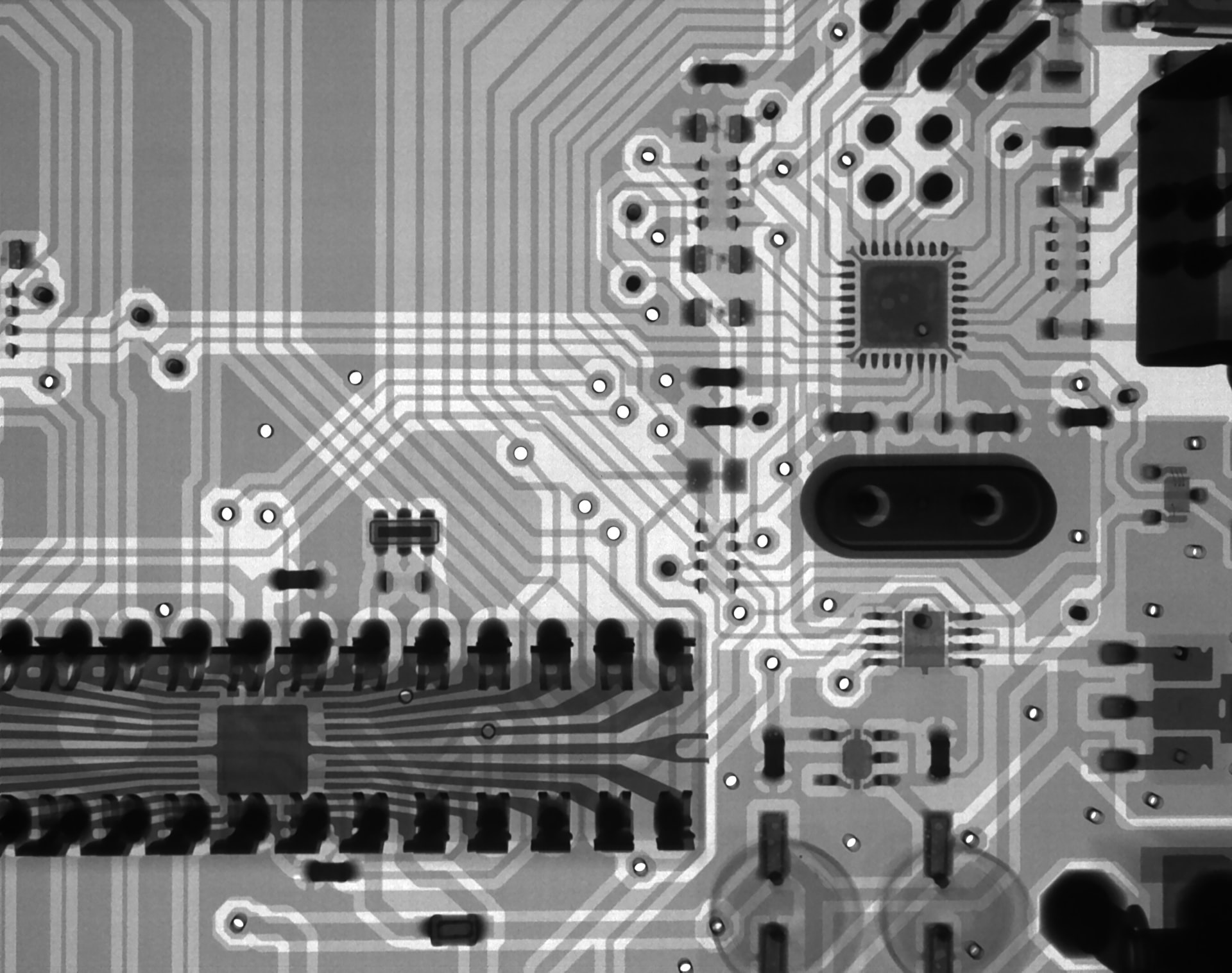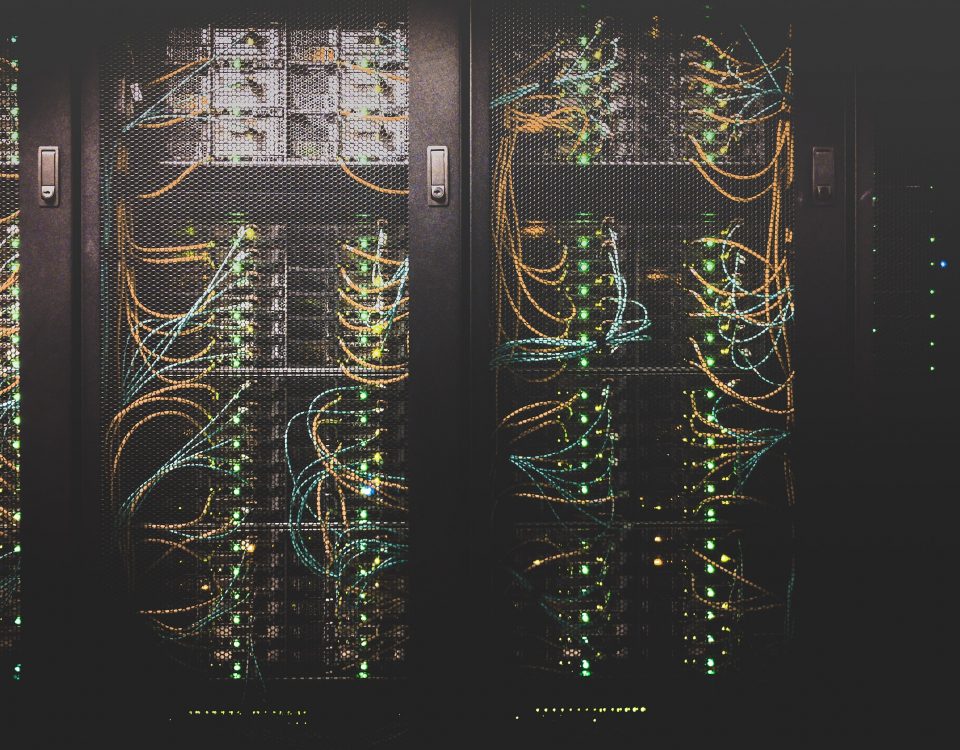
OSPF Key Concepts Part II/II
August 17, 2012OSPF key-concepts for single-area and multi-area are explained here. References I have used for this article include notes from Cisco classes, and Cisco Press’s: CCNP ROUTE 642-902 Official Exam Certification Guide, CCNP BSCI Official Exam Certification Guide ( 4th Edition), CCIE Routing and Switching Official Exam Certification Guide 3rd Edition), and CCNP ROUTE 642-902 Official Quick Reference Guide.
- OSPF is an acronym for Open Shortest Path First.
- It uses protocol number 89.
- It uses Dijkstra’s SPF algorithm to determine best routes.
- It has an administrative distance of 110, ranking above RIP (120), External EIGRP (170), and iBGP (200) in trustworthiness of routing path, but ranking below Direct Connection (0), Static (1), eBGP (20), EIGRP (90) and IGRP (100).
- It is classless protocol.
- It supports Variable Length Subnet Mask (VLSM).
- It uses Bandwidth as metric (Larger bandwidth has lower metric).
- It uses Areas (0-65532). “Area 0” is called Backbone Area. Every other “Area” must be connected to “Area 0”.
- It sends ‘Hello’ packets to establish and maintain a neighbour relationship.
- It uses database table (Link State table).
- It advertises ‘Link State’ (not routing table info).
- It uses DR (Designated Router) & BDR (Backup Designated Router) in multi-access network* (not in a P-to-P Network).
- Manually configured Router ID becomes OSPF ‘Router ID’, if that is not configured highest logical IP address of loopbacks is used, and if that is also not configured highest IP address assigned to an interface of router is used.
- Highest Router id becomes DR if the priority is the same (default priority -1) during DR/BDR election.
- It uses Process ID to identify an instance of OSPF Process. Router ID is unique to a Router in an internetwork and Process ID is unique in a router.
OSPF traffic is multicast to either of these two addresses: 224.0.0.5 for all OSPF routers or 224.0.0.6 for all OSPF DRs.
There are several conditions required to establish neighbour relationships between 2 routers, namely the following. ‘Hello’ and ‘Dead’ intervals must be the same (hello – 10 sec, Dead – 40 sec, default on broadcast and point-to-point links, and hello – 30 sec, Dead-120 sec, default on Non-Broadcast Multi-Access (NBMA), and Point to Multipoint Non-Broadcast). It must be in same ‘Area’ (i.e. match OSPF area ID). Subnet mask and ID must match. If authentication configured, it must match..
If after three hellos, no response, then router notes it as a dead neighbour.
OSPF uses hierarchical design, which has two advantages, namely the following. It reduces routing overhead. It contains instability into one area, does not affect other areas.
*Multi-access network is multiple networks accessing same network and same subnet.
Dividing an OSPF network into areas does the following:
- It minimizes the number of routing table entries
- It contains the LSA flooding to a reasonable area
- It minimizes the impact of Topology change on the network
- It enforces the concept of hierarchical design
There are several types of Areas
- Backbone area – Area 0, aka Transit Area, every other area is attached to it
- Regular area – Non-backbone area, its database contains both internal and external routes
- Stub area – Its database contains only internal routes, and a default route
- Totally Stubby area – It is Cisco proprietary, and contains routes only from its own area, and a default route.
- Not So Stubby Area (NSSA)- Its database contains internal routes, and routes redistributed from a directly connected routing process, and optionally a default route
- Totally NSSA – It is Cisco proprietary. Its database contains routes only from its own area, and a routes redistributed from a connected routing process, and a default route.
OSPF defines router roles. One router can have multiple roles.
- Internal Routers have all interfaces in one area
- Backbone Routers have at least one interfaces assigned to area 0
- Area Border Router (ABR) has interfaces in two or more areas. ABRs separate LSA flooding areas, can summarize area routes, and can source default routes. They maintain a link-state database for each area to which they are connected.
- Autonomous System Boundary Router (ASBR) has interfaces inside and outside the OSPF routing domain.






1 Comment
For clarification purposes, the deployment of virtual-links, allows non-backbone areas to have others areas between it and the the backbone area.